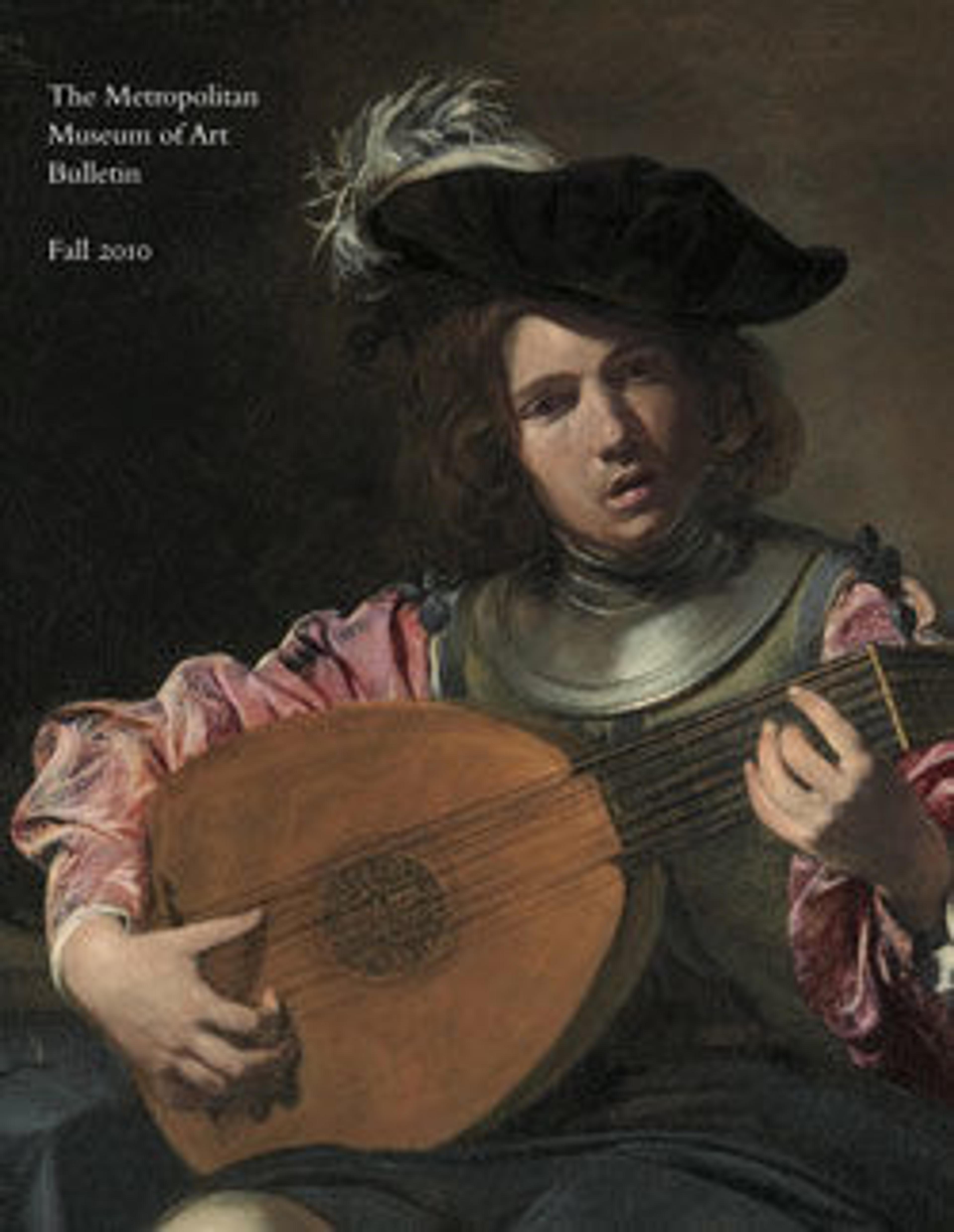The Three O'Clock Sitting
Beginning in December 1917 Matisse spent the winter months in the south of France. This painting features several elements that reappear in many of his so-called Nice-period works: boldly patterned wallpaper, elaborately pierced and appliquéd textiles of North African origin, additional works by the artist (in this case, a plaster of a reclining female figure is visible atop the mirrored armoire), and an alluring view of palm trees and the Mediterranean Sea outside the studio window. The woman shown seated before the easel was Matisse's favorite model at the time, Henriette Darricarrère. An accomplished musician and ballerina, she suffered from stage fright so severe that by 1924 she had decided to forsake live performance for a career in the visual arts. Matisse began instructing her the year this canvas was painted.
Artwork Details
- Title: The Three O'Clock Sitting
- Artist: Henri Matisse (French, Le Cateau-Cambrésis 1869–1954 Nice)
- Date: 1924
- Medium: Oil on canvas
- Dimensions: 36 1/4 x 28 3/4 in. (92.1 x 73 cm)
- Classification: Paintings
- Credit Line: Gift of the Roderick H. Cushman Family, in memory of Paul and Cordelia Cushman, 2008
- Object Number: 2008.551
- Rights and Reproduction: © 2025 Succession H. Matisse / Artists Rights Society (ARS), New York
- Curatorial Department: Modern and Contemporary Art
More Artwork
Research Resources
The Met provides unparalleled resources for research and welcomes an international community of students and scholars. The Met's Open Access API is where creators and researchers can connect to the The Met collection. Open Access data and public domain images are available for unrestricted commercial and noncommercial use without permission or fee.
To request images under copyright and other restrictions, please use this Image Request form.
Feedback
We continue to research and examine historical and cultural context for objects in The Met collection. If you have comments or questions about this object record, please contact us using the form below. The Museum looks forward to receiving your comments.
